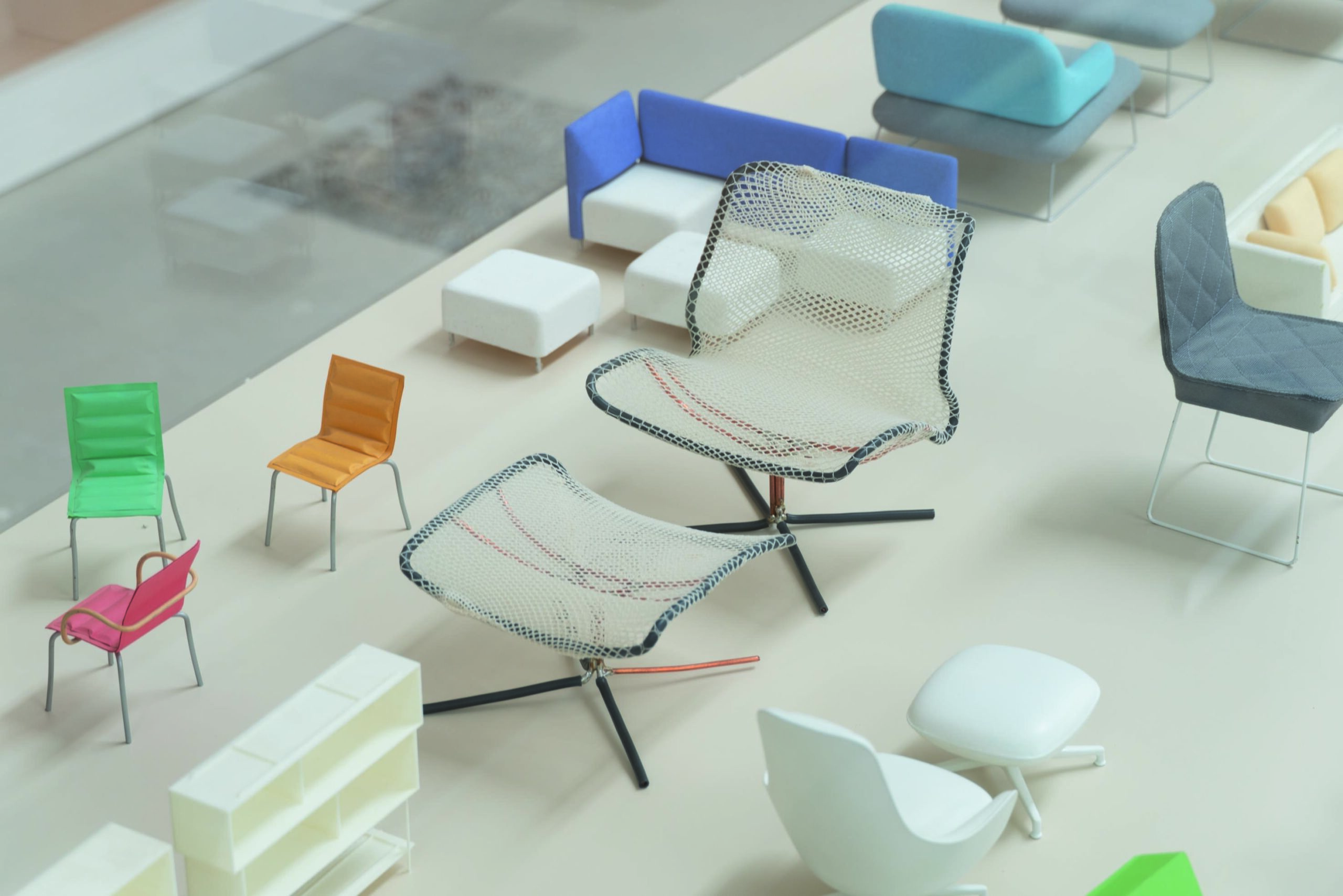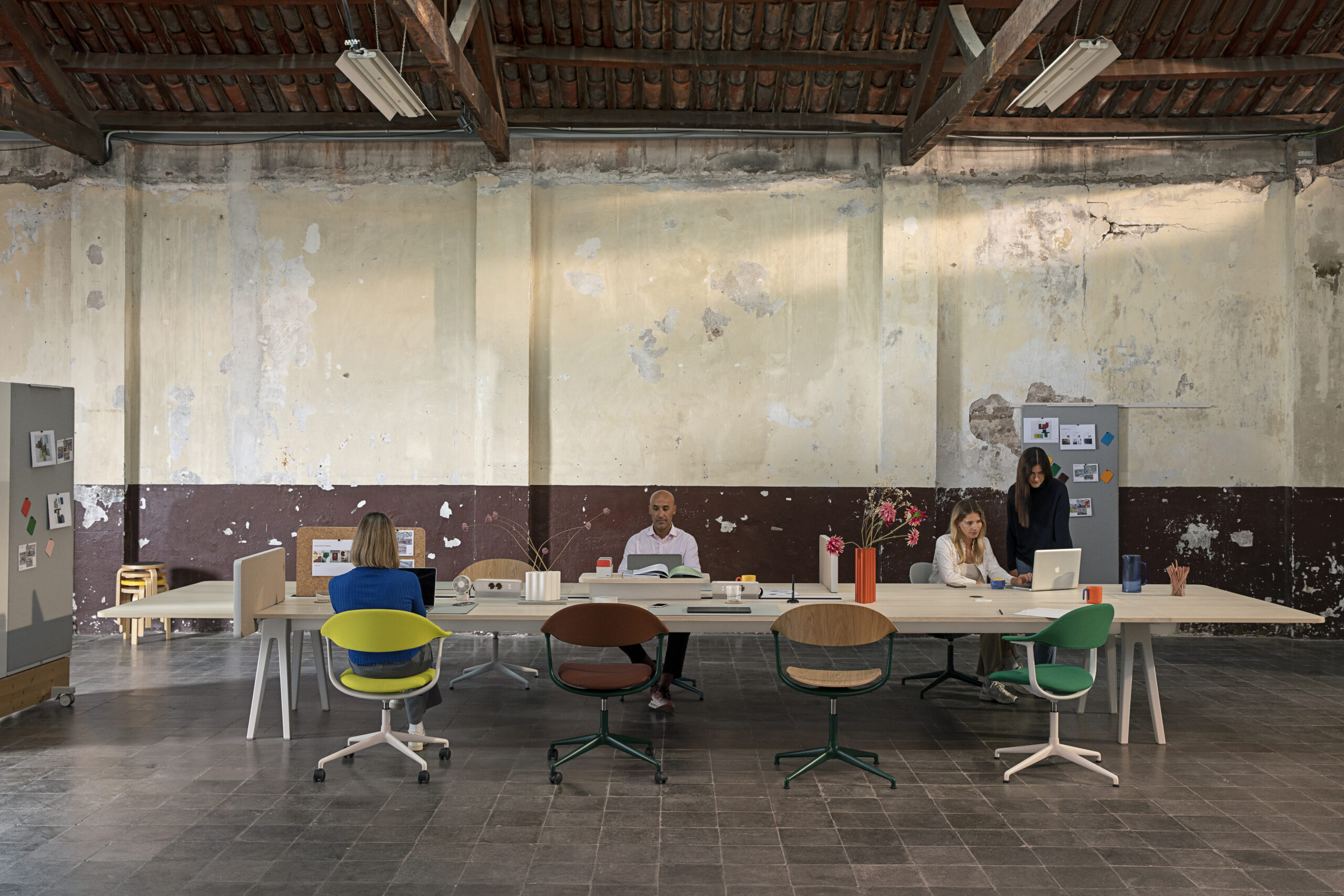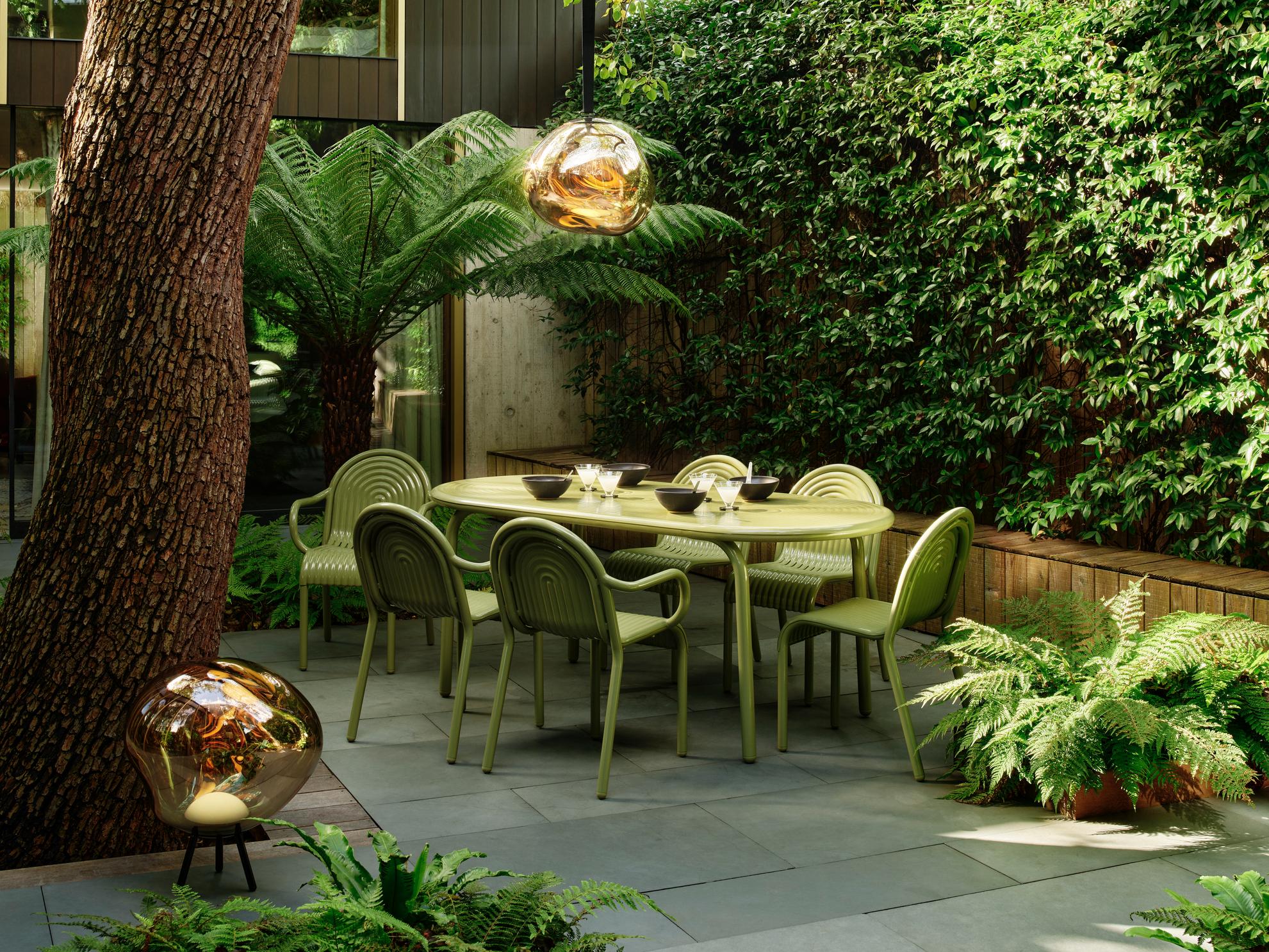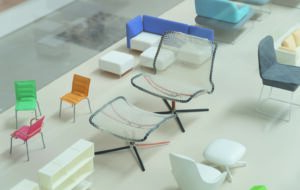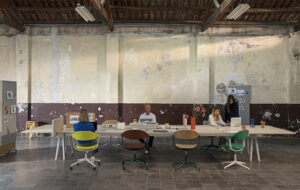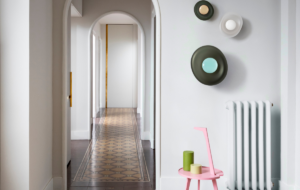 ||
||
This month, Neil chats to Monica Parker, workplace director for office design and consultancy practice Morgan Lovell, about the symbiotic relationship between culture and design.
Hi Monica
Hi Neil
NU: Having taken part in your “does culture trump design?” debate at Morgan Lovell’s offices recently, I wondered if – given that you were the ref – I could draw you out on this. It was a two-day event and on one day design won (just), and on the other day culture won (by a walkover). It seems that the issue has some running to do, especially given the amount of spluttering guff one can find about ‘culture’ with a simple web search. Having heard the arguments, and being a thinker on these things, what’s your take?
MP: Well, I was firmly in the culture camp to start, as my focus is behaviour, and I see culture as just individual behaviours aggregated. But after listening to the arguments, I am seeing design in a broader sense: design of systems and not just space or things. In that I way I can appreciate the argument for design. But at the end of the day the debate was just a way to get people talking. I think the two are incredibly symbiotic.
NU: Do you think we really know what culture is, using the word liberally and non-specifically, scooping up everything that isn’t physical and tangible – and as a result are we not a little frightened of it? I was particularly interested in the arguments of a geographer called Don Mitchell in his 1995 book, There’s No Such Thing as Culture, which offered that we just have an ‘idea’ of culture, and that, as a way of explaining social relations, is therefore a tool to order and define ‘others’. If we apply this to the workplace, it starts to make some sense. It could be that culture is a phantom whose existence serves to support organisational control. In that sense design and control might be less symbiotic, more in opposite corners?
MP: I guess some of the debate might be linguistic or semantic, and not in the sense that it belittles the argument by boiling it down to “just language”. How do we, as humans, explain the seeming similarities, sinews and connectedness that groups feel internally, and the separation and difference we feel externally? I find the anthropological definition to be the most helpful to me, which is basically “a system of shared beliefs, values, customs, behaviours, and artefacts that the members of society use to cope with their world and with one another.” I find in the context of this discussion the idea of artefacts and coping particularly intriguing. Sociologist Ronald Stamper’s definition of a community works for me as well, which is any group with a shared social cohesion. Perhaps culture is just the observation of a particular shared social cohesion. (Or maybe that’s just a bunch of the “culture guff” you were referring to…)
NU: So – chicken-and-egg style – which do you think comes first, design or culture? Does one create the other in this manner – or is the relationship much more complex than this? My argument – for the purposes of the debate in the sophist tradition, I should add – was that design drives and creates culture and so is always in the front seat. While this of course plays up the role of design, it also downplays the role of culture as passive, subservient, the response and never the stimulus.
MP: I’ll use the petri dish metaphor. In the beginning, culture may only be a bland substrate. It is representative of nothing but a host. When a foreign body is introduced into the culture, that object acts as a catalyst. Over time, the culture affects the object until each is subsumed. They cannot be parsed apart. Using that figurative example, I would say that culture comes first, but might appear passive, until design is introduced, when culture is catalysed and is both a receiver and contributor of stimulus. Almost instantly it is symbiotic, with no discernible sign of the original substrate; permanently transformed by the introduction of the foreign body. Complex yes, but not complicated.
NU: Following this line, then, you seem to have implied that the people in an organisation can never be separated from their culture and therefore the impact of design can only be a modification of that culture. Like dropping something new into the petri dish rather than swilling it out and starting again. But it still has culture as the passive element, design as the active?
MP: People can never be separated from their culture because they are contributory to it. This refers back to the idea of culture as individual actions aggregated. Design by its nature must be active. Culture, at different states may be active or passive. To consider the anthropological view and the idea of coping, perhaps culture is the lens we use to understand our environment and design is the environment itself.
NU: That may work – I’m off to have my eyes tested…


